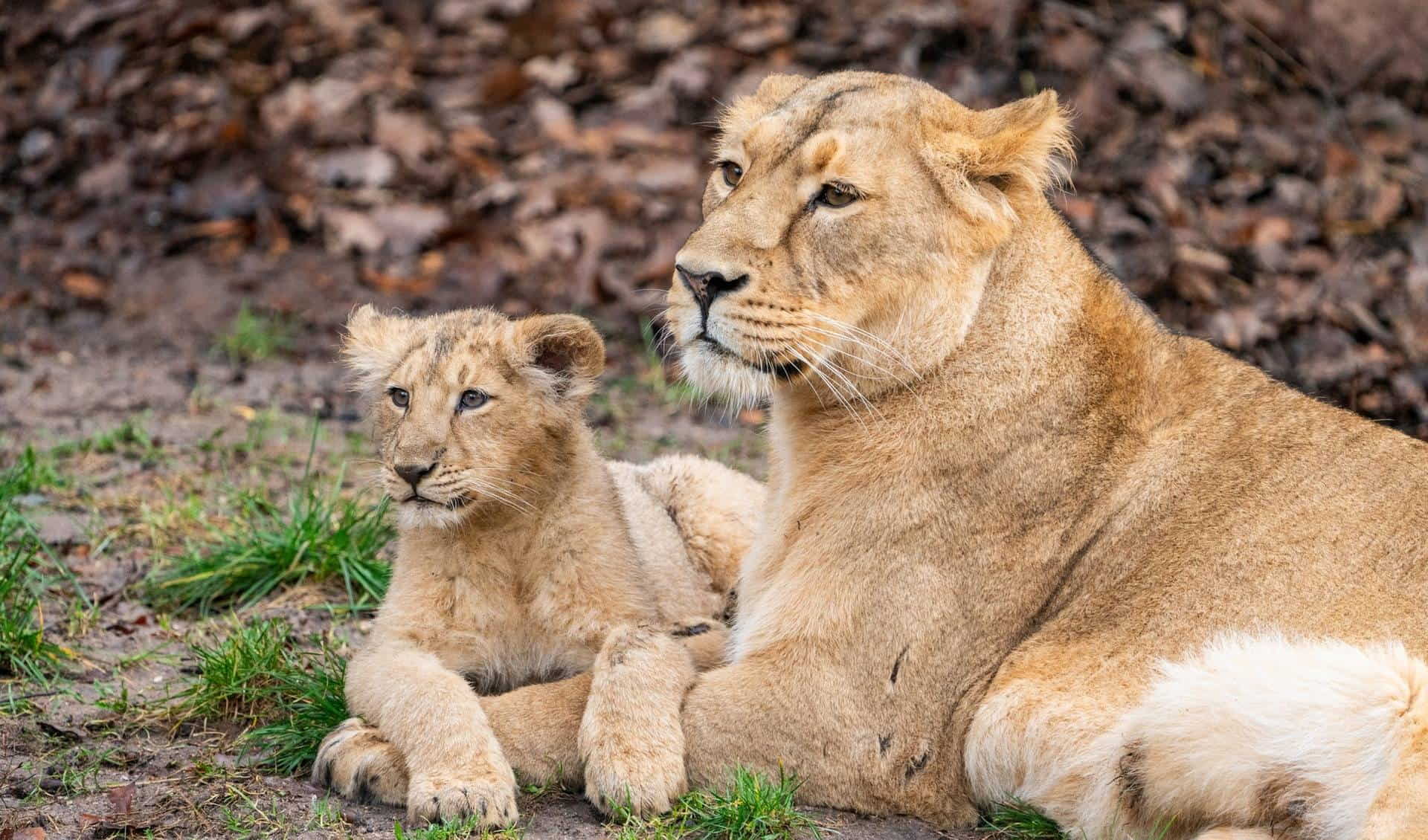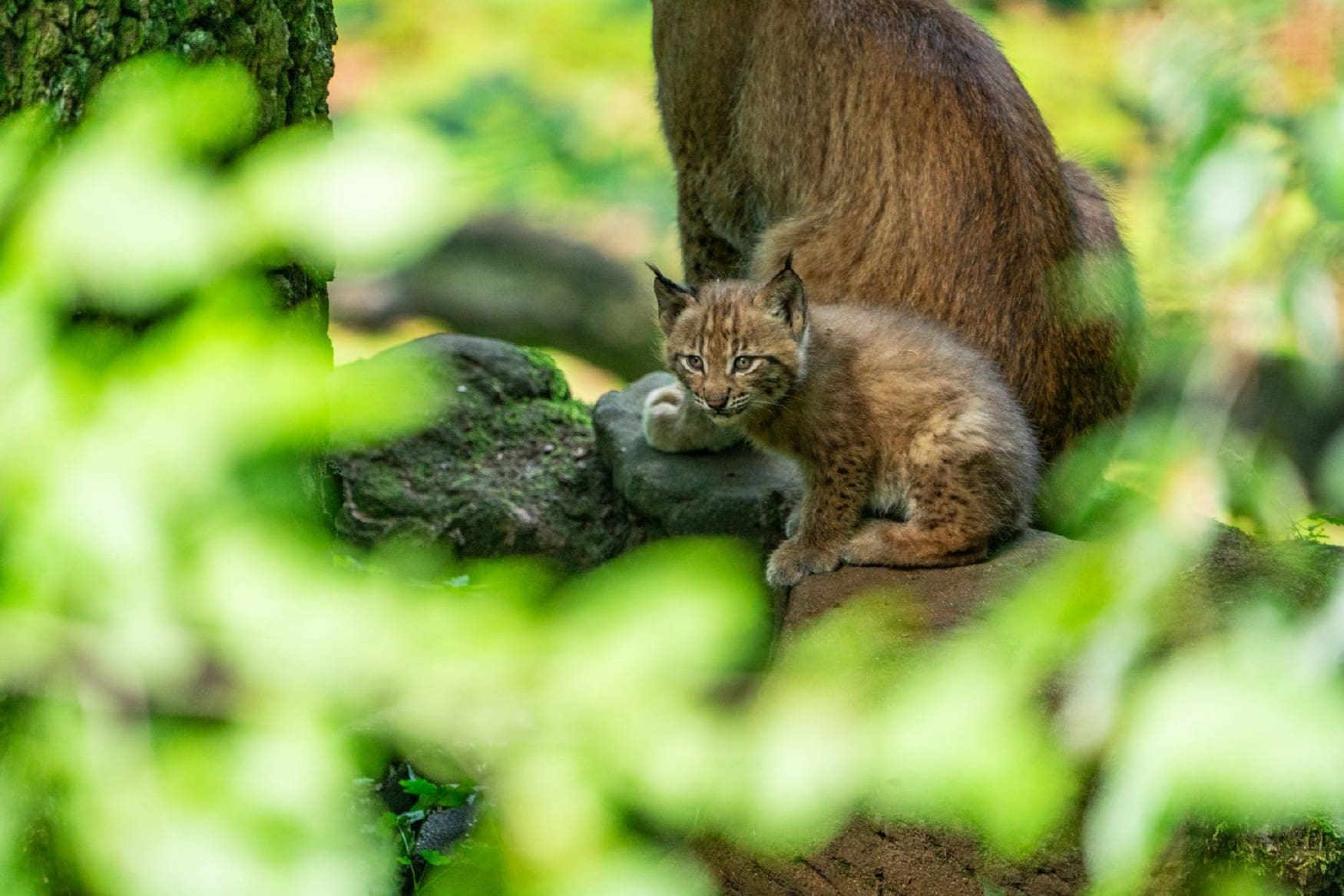Nuremberg Zoo, known locally as Tiergarten Nürnberg, is a captivating wildlife haven in the heart of Germany. Established in 1912, this zoological garden has become one of Europe's most beautiful and diverse animal sanctuaries. Spanning 69 acres of lush landscapes, Nuremberg Zoo offers visitors a unique opportunity to explore the fascinating world of wildlife.
With over 300 animal species from across the globe, it's a place where conservation, education, and entertainment converge. From rare Amur leopards to playful dolphins, the zoo promises an unforgettable journey through the animal kingdom for families and nature enthusiasts alike.
Highlights
- Dolphin shows featuring bottlenose and Chilean dolphins
- Immersive rainforest exhibit showcasing diverse ecosystems
- Rare species conservation, including Amur leopards and Sumatran orangutans
Contents
 Photo: facebook.com/Tiergarten.Nuernberg
Photo: facebook.com/Tiergarten.Nuernberg
Here is Why Your Kids Will Find it Interesting
Nuremberg Zoo is worth visiting with kids aged 3-12 for its engaging and educational experiences. The children's petting zoo allows young ones to interact with friendly farm animals, fostering a connection with nature. Exciting animal feedings and demonstrations captivate curious minds, while the miniature train ride offers a fun way to explore the expansive grounds. The zoo's commitment to conservation and biodiversity is presented through interactive exhibits and programs, inspiring a new generation of wildlife enthusiasts and environmental stewards.
Family-friendly features
- Expansive playground for children to enjoy between animal visits
- Seasonal events and holiday-themed activities
- Stroller-friendly paths throughout the zoo
History and Development
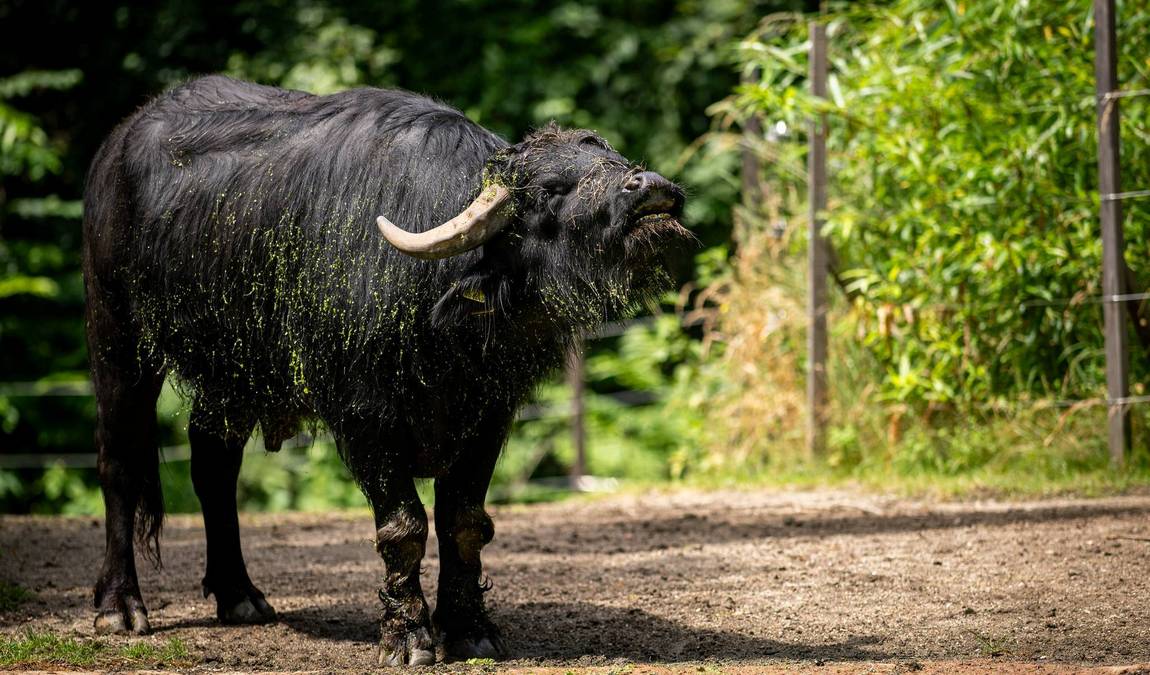
Photo: facebook.com/Tiergarten.Nuernberg
Founded in 1912, Nuremberg Zoo has a rich history spanning over a century. Initially a modest facility, it has grown significantly, adapting to changing attitudes towards animal welfare and conservation. Today, the zoo covers 69 acres of beautifully landscaped terrain, providing spacious and naturalistic habitats for its diverse animal residents. The layout seamlessly blends historical charm with modern zoological practices, creating an immersive experience for visitors.
Animal Diversity
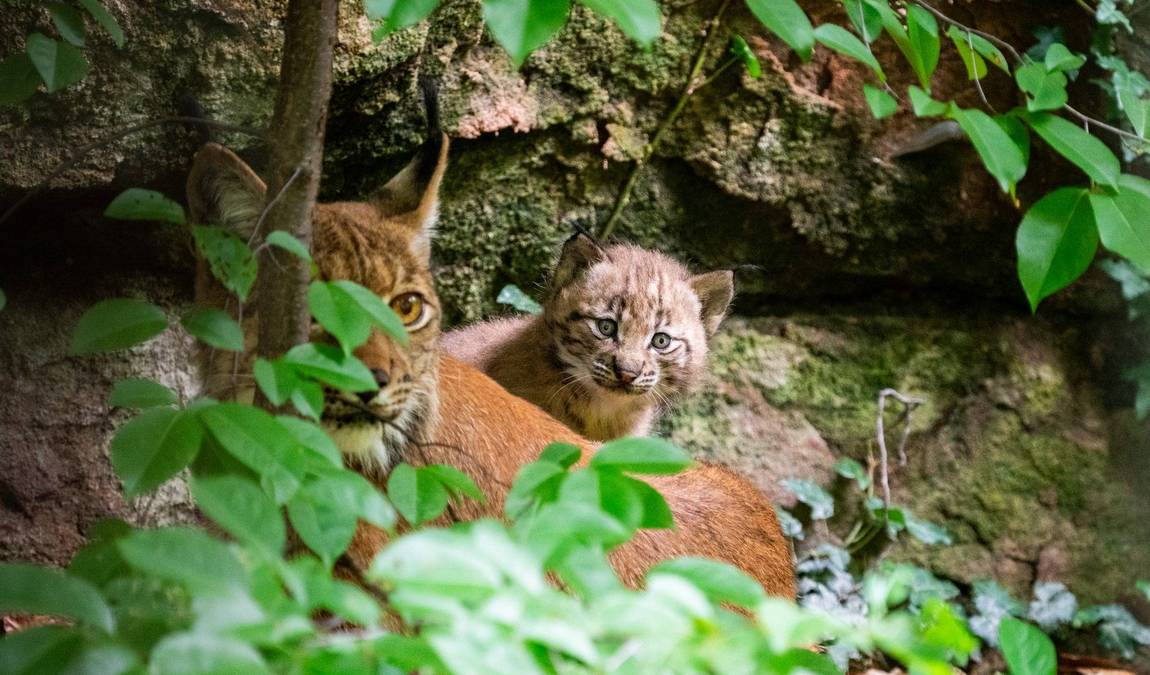 Photo: facebook.com/Tiergarten.Nuernberg
Photo: facebook.com/Tiergarten.Nuernberg
Nuremberg Zoo is home to an impressive array of over 300 animal species worldwide. Visitors can marvel at majestic elephants, regal lions, graceful giraffes, and playful penguins. The zoo takes pride in its collection of rare and endangered species, including:
- Amur leopards
- Sumatran orangutans
- Karpatenluchse (Carpathian lynx)
These animals serve as ambassadors for their species, raising awareness about the importance of wildlife conservation.
Key Attractions
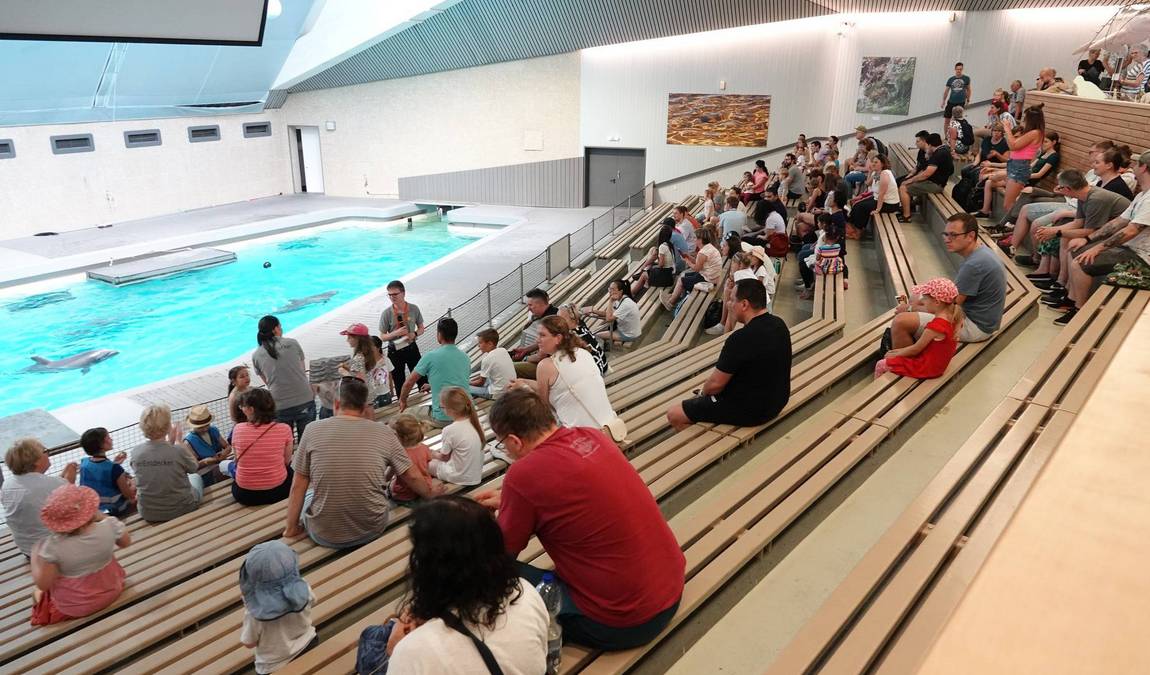 Photo: facebook.com/Tiergarten.Nuernberg
Photo: facebook.com/Tiergarten.Nuernberg
- Dolphin Shows: Spectacular performances featuring bottlenose and Chilean dolphins
- Rainforest Exhibit: An immersive journey through tropical ecosystems
- Aquarium and Terrarium Section: Showcasing diverse aquatic and reptile species
- Children's Petting Zoo: Interactive area for kids to meet friendly farm animals
- Miniature Train Ride: A fun way to tour the zoo's expansive grounds
Conservation Efforts
 Photo: facebook.com/Tiergarten.Nuernberg
Photo: facebook.com/Tiergarten.Nuernberg
Nuremberg Zoo stands at the forefront of wildlife preservation and sustainable practices, demonstrating a deep commitment to conservation efforts. The zoo actively participates in international breeding programs for endangered species, playing a crucial role in safeguarding biodiversity. Its involvement extends beyond its grounds, as the zoo supports habitat restoration projects, recognizing the importance of preserving natural ecosystems.
Furthermore, Nuremberg Zoo contributes significantly to advancing scientific knowledge by funding wildlife research programs. These initiatives enhance our understanding of various species and inform better conservation strategies. Within its operations, the zoo implements a range of eco-friendly practices, including comprehensive waste reduction measures and the adoption of energy-efficient infrastructure.
Nuremberg Toy Museum, 6 km away, is a must-visit with children.
This multifaceted approach to conservation has not gone unnoticed. The zoo's unwavering dedication to wildlife preservation and sustainable practices has garnered several prestigious awards and recognition from the European Association of Zoos and Aquaria. Such accolades underscore Nuremberg Zoo's position as a leader in the field of conservation, setting a high standard for zoological institutions worldwide.
Educational Programs
 Photo: facebook.com/Tiergarten.Nuernberg
Photo: facebook.com/Tiergarten.Nuernberg
The zoo offers a variety of educational experiences:
- Guided tours led by knowledgeable staff
- Animal feedings and demonstrations throughout the day
- Interactive educational activities for children
- Informative exhibits on animal behavior, conservation, and biodiversity
These programs aim to foster a deeper understanding and appreciation for the natural world among visitors of all ages.
Visitor Information
 Photo: facebook.com/Tiergarten.Nuernberg
Photo: facebook.com/Tiergarten.Nuernberg
| Feature | Details |
|---|---|
| Opening Hours | Open year-round (hours vary by season) |
| Entrance Fees | Varies for adults, children, and seniors |
| Dining Options | Multiple restaurants and cafes on-site |
| Picnic Areas | Available for visitors bringing their food |
| Accessibility | Wheelchair-friendly paths and facilities |
Best Time to Visit
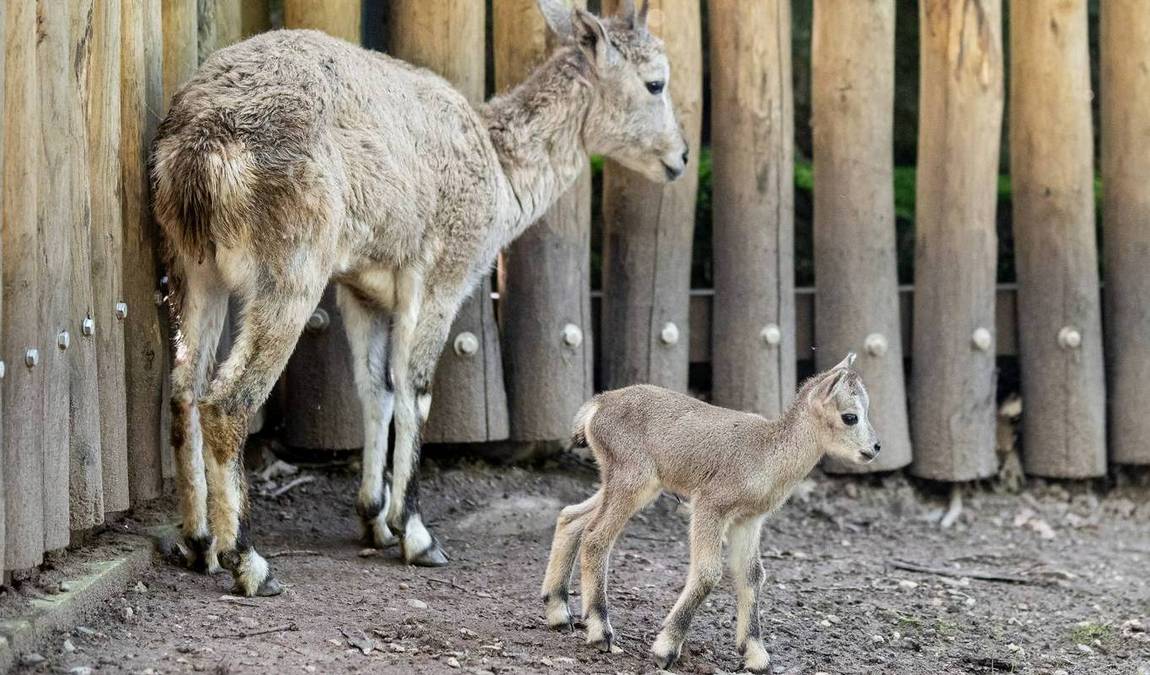 Photo: facebook.com/Tiergarten.Nuernberg
Photo: facebook.com/Tiergarten.Nuernberg
The best time to visit Nuremberg Zoo with children is during spring or early fall weekdays when crowds are smaller and temperatures are mild. Mornings are ideal for animal activity and feeding demonstrations. Weekends can be busier but offer more special events.
Recommended Duration: A full day (5-6 hours) allows ample time to explore the zoo's attractions and participate in various activities.
Our Resume
Nuremberg Zoo offers a perfect blend of education, conservation, and family fun. Its diverse animal collection, engaging exhibits, and commitment to wildlife preservation make it a must-visit destination. The zoo's focus on sustainability and interactive learning experiences ensures that visitors of all ages leave with a greater appreciation for the natural world and the importance of biodiversity conservation.


